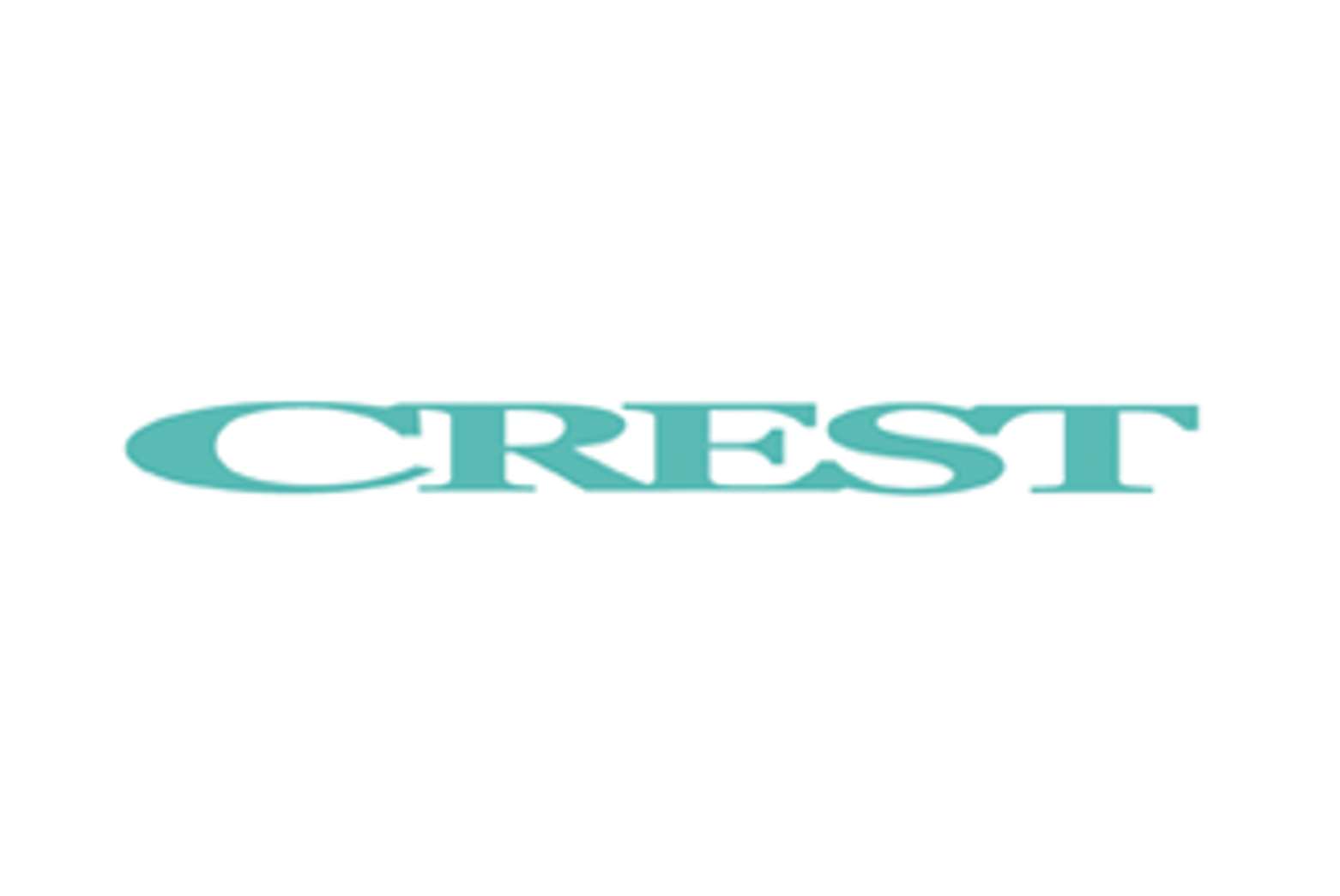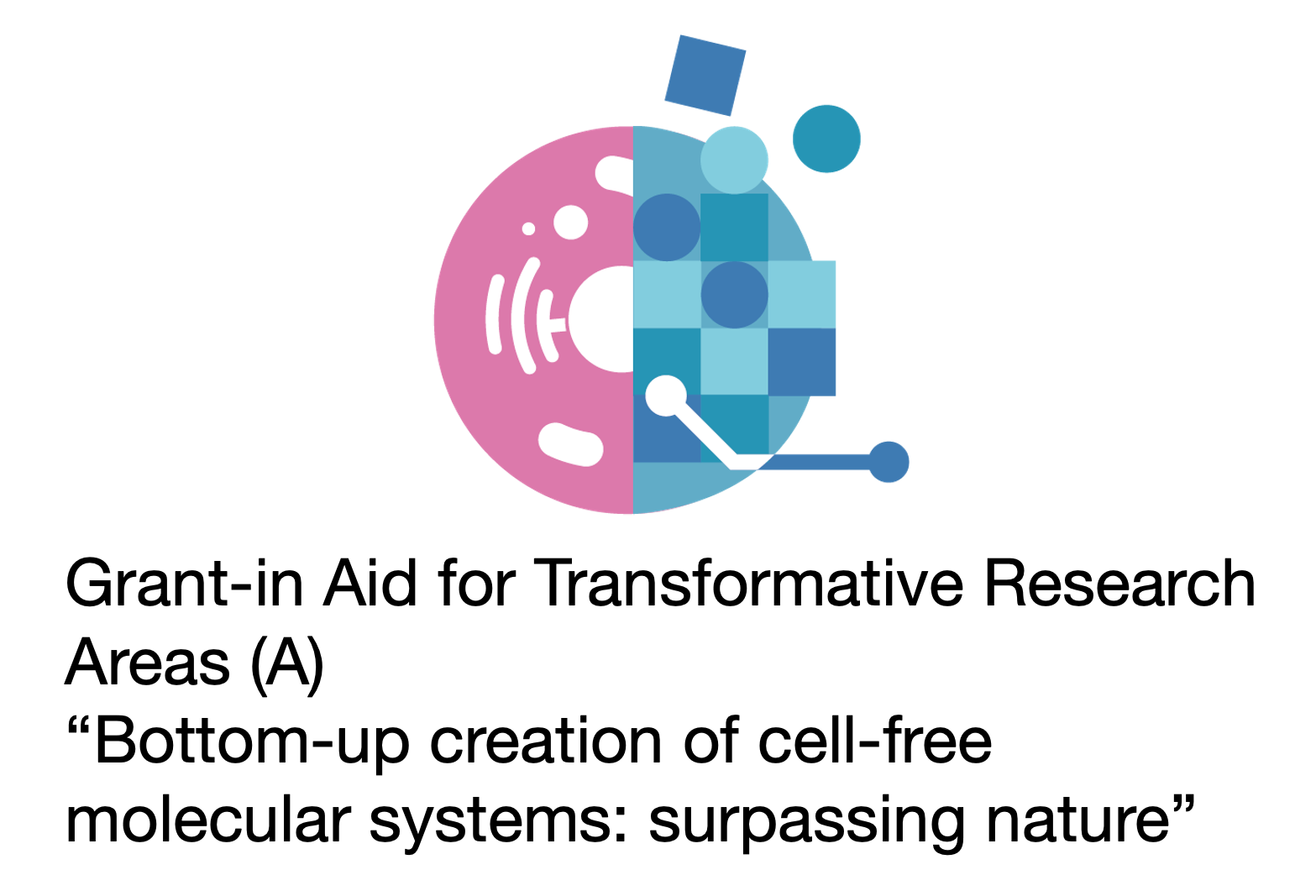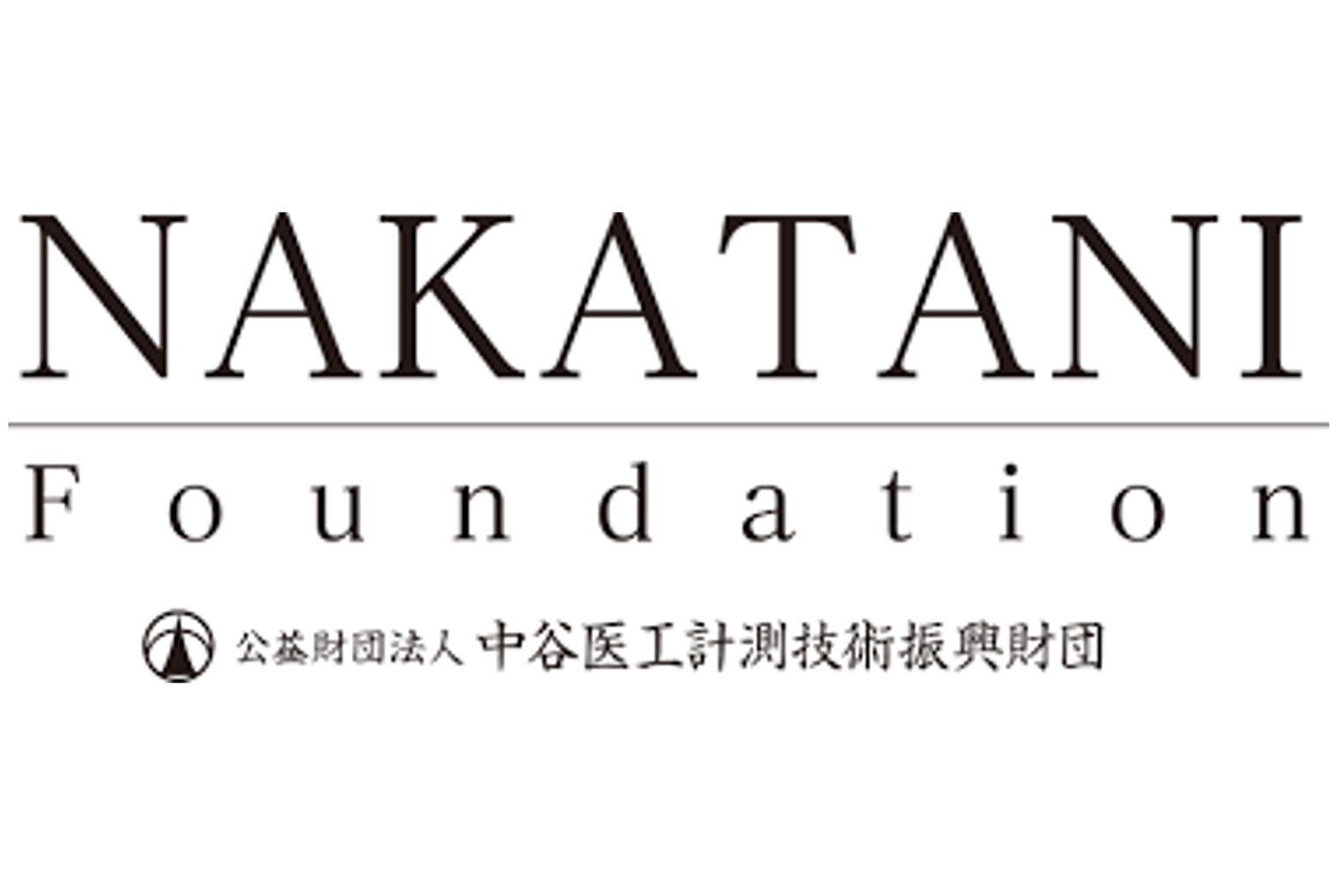The Nanopore Meeting 2025 Tokyo has successfully concluded!
This year, we were thrilled to host 82 attendees, with 14 oral presentations, 8 young researcher presentations, and 28 poster presentations.
We sincerely appreciate your invaluable contributions, which made this event such a great success!
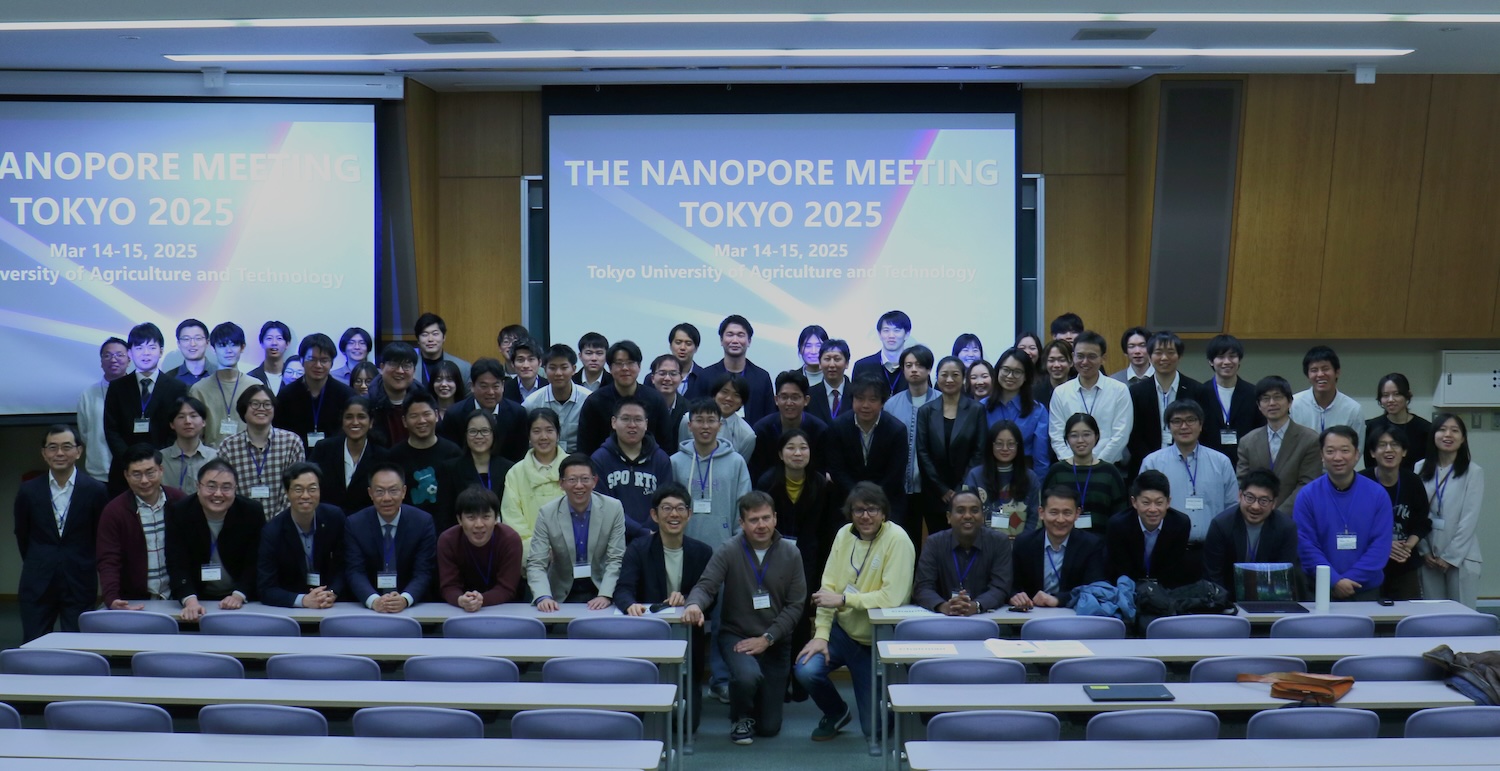
General information
Conference Dates
March 14 – 15, 2025
Conference Venue
Green Hall New Building 1, Koganei Campus
#Please go to KOGANEI campus, NOT Fuchu campus.
Tokyo University of Agriculture and Technology
2-24-16 Naka-cho Koganei-shi Tokyo Japan
Transportation guidance is available from this link.
#For easy access to Koganei Campus, we recommend heading towards the East Gate from Higashi-Koganei Station.
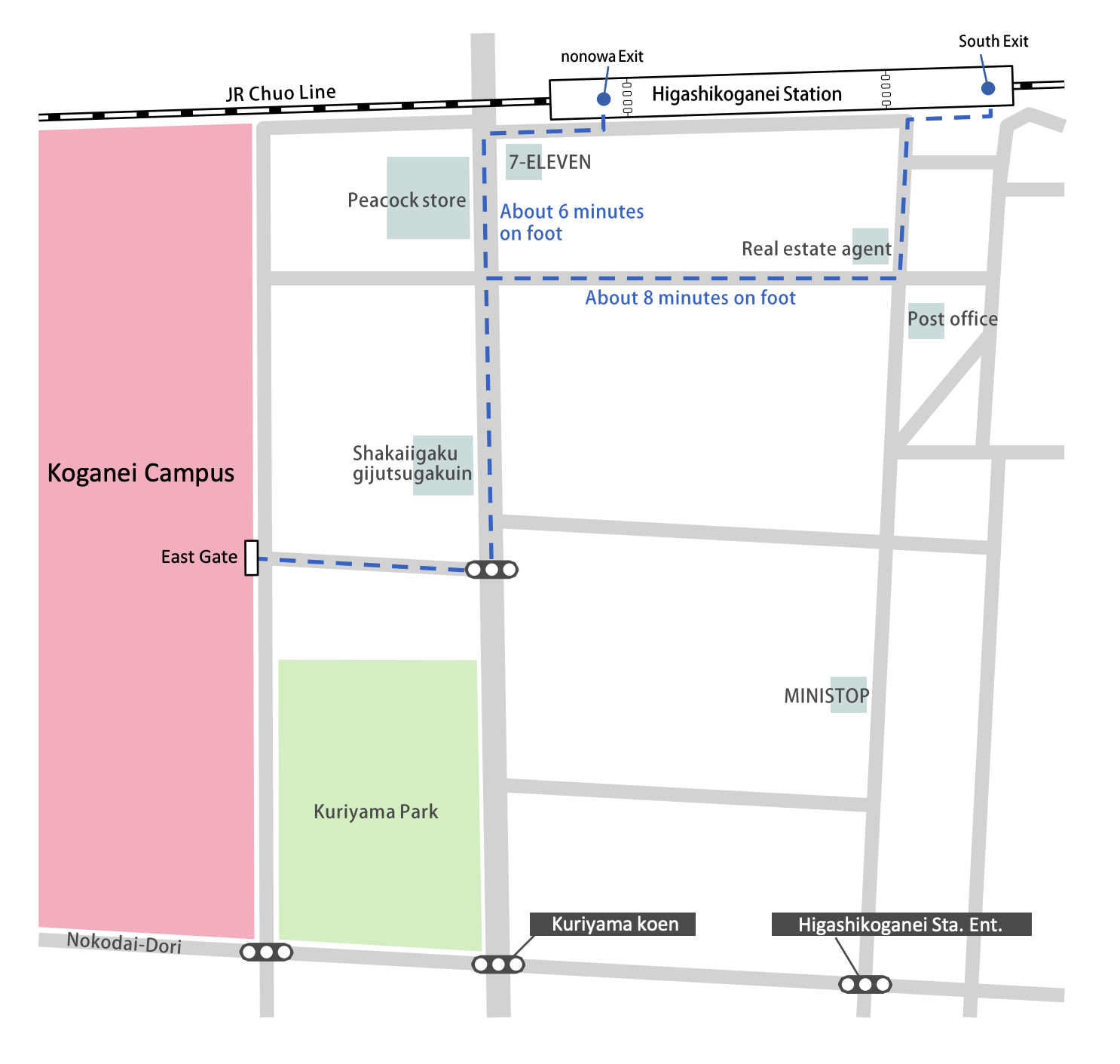
Mixer
The participation fee are as follows:
・Genaral: 6,000 JPY
・Students: 3,000 JPY
#Please note that payment is cash only.
Program
DAY 125.3.14
|
|
DAY 225.3.15
|
|
Young researcher oral session
| Session date | Name | Affiliation | Title |
|---|---|---|---|
| DAY1 16:10~16:30 | Kefan Wang | Nanjing University | Ni-NTA (nickel-nitrilotriacetic acid) modified MspA nanopore facilitates nanopore-based peptide sequencing and metabolite identification |
| DAY1 16:30~16:50 | Zugui Peng | Tokyo University of Agriculture and Technology | Tuning the oligomeric state of alamethicin nanopores with DNA nanoscaffolds |
| DAY1 16:50~17:10 | Hiromu Akai | Nagaoka University of Technology | Specific Molecular Sensing Using DNA Nanopores |
| DAY1 17:10~17:30 | Nanami Takeuchi | Tokyo University of Agriculture and Technology | Ultra-sensitive nanopore-based detection of microRNA biomarkers at femtomolar concentrations without amplification |
| DAY2 14:30~14:50 | Shoko Fujita | Tokyo University of Agriculture and Technology | Cell-free synthesis as a synthesis platform for hydrophobic peptide nanopores |
| DAY2 14:50~15:10 | Geonho Cho | Inha University | Identification of sub-nanosized plastics in PE-coated paper cups using nanopore sensing and evaluation of related inflammatory reactions |
| DAY2 15:10~15:30 | Eiji Kato | The University of Tokyo | A Novel Approach to Saliva-Based Biomarker Detection Using Solid-State Nanopores |
| DAY2 15:30~15:50 | Hiroki Koiwa | Nagaoka University of Technology | DNA nanopore insertion method into a targeted GUV |
Poster Sessions
Poster Session 1
| Poster No. | Name | Affiliation | Title |
|---|---|---|---|
| A-1 | Daisuke Sato | Yokohama National University | Sequence-Dependent Association States of β-Helix Peptides with Ion Channel Activity |
| A-2 | Varsha Shaji | Rajiv Gandhi Centre for Biotechnology | Functionally tuned α-helical nanopores through natural and unnatural aminoacid incorporation |
| A-3 | Yakun Yi | Institute of Chemistry, Chinese Academy of Sciences | Nanopore-based enzyme-linked immunosorbent assay (ELISA) |
| A-4 | Ayaka Nakada | Tokyo University of Agriculture and Technology | Construction of chimeric nanopores integrating de novo and natural pores for peptide sequencing |
| A-5 | Akihiro Yaegashi Nakamura | Tohoku University | Molecular analysis of ion transport inside nanopores toward a biomimic proton channel |
| A-6 | Ayako Ijuin | Tokyo University of Agriculture and Technology | Single polypeptide detection using Epx4 nanopore with multiple constrictions |
| A-7 | Mana Sato | Tokyo University of Agriculture and Technology | In silico screening of de novo designed β-barrel nanopore |
| A-8 | Sotaro Nakamura | The University of Tokyo | Analysis of the Mechanism of Perforin Oligomer Formation Using Nanopore Measurement |
| A-9 | Ryo Akita | Graduate School of Science, The University of Tokyo | The development of matrix-based nanopore analysis method to structure the classification results of breast cancer tumor markers |
| A-10 | Yoh Onozawa | Institute of Science Tokyo | Gold Nanopore DNA Sequence at High-Temperature |
| A-11 | Yukihiro Izawa | Nagaoka University of Technology | DNA Nanopore Based Cell Death Switch as Safety System for Cell Therapy |
| A-12 | Kota Kitamura | Nagaoka University of Technology | Evaluation of DNA nanopore probes for SICM application |
| A-13 | Chengbing Zhong | Nanjing University | Monitor the real-time vesicle dynamics induced by tau through a confined nanopipette |
Poster Session 2
| Poster No. | Name | Affiliation | Title |
|---|---|---|---|
| B-1 | Yoshimasa Hiiro | Institute of Science Tokyo | Fabrication process of Electroless Gold Plated (ELGP) nanopores for DNA sequencing |
| B-2 | Taichi Hirano | Tohoku University | Molecular analysis of ion transport in DNA channels modified with internal functional groups for biosensors |
| B-3 | Toshiyuki Tosaka | Gunma University | Investigation of molecular transportation using the modified β-barrel outer membrane protein nanopore |
| B-4 | Satoshi Ogihara | Department of Biological Sciences, Graduate School of Science | Solid-state nanopore analysis of N-terminal histone tail effects on nucleosome dynamics |
| B-5 | Ziyi Li | Institute of Chemistry, Chinese Academy of Sciences | Nanopore-Based High-Resolution Detection of Multiple Post-Translational Modifications in Protein |
| B-6 | Shun Okada | Nagaoka University of Technology | Construction of Liposome Networks Using A Microrail Channel |
| B-7 | Kyosuke Matsuda | Nagaoka University of Technology | Fabrication of nanopores using pulsed laser modulation and protein detection |
| B-8 | Kota Kaito | Nagaoka University of Technology | Low concentration nanopore measurement with high selectivity using laser manipulation method |
| B-9 | Gaku Ogino | University of Tokyo | Flexibility evaluation of tRNA in the presence of Mg2+ and polyamines by solid state nanopore |
| B-10 | Izumi Shibayama | Tokyo University of Agriculture and Technology | Single extracellular vesicle (EV) analysis by using glass nanopores |
| B-11 | Emura Soma | Tokyo University of Agriculture and Technology | Nanopore Sensing with Neural Network for Single MicroRNA Identification |
| B-12 | Yuna Hirokawa | Tokyo University of Agriculture and Technology | Design of β-hairpin peptide tetramers with in silico screening |
| B-13 | Linlin Zhang | Nanjing University | Droplet Nanopore Microchip for Low-volume Biomarker Sensing |
TOPICS
■Nanopore Sequencing
■Nanopore Sensing
■Engineered Protein Nanopores
■Single-molecule Biophysics
■Membrane Proteins and Channels
■Electrophysiology and Ion Transport
■Molecular Engineering and Synthetic Biology
Invited Speakers
- Aleksei Aksimentiev (University of Illinois at Urbana Champaign, USA) → Link
- Seung-Wook Chi (Korea Research Institute of Bioscience and Biotechnology, Korea) → Link
- Shuo Huang (Nanjing University, China) → Link
- Yi-tao Long (School of Chemistry and Chemical Engineering, Nanjing University, China) → Link
- Kozhinjampara Mahendran (Rajiv Gandhi Centre for Biotechnology, India) → Link
- Giovanni Maglia (University of Groningen, Netherlands) → Link
- Haichen Wu (Institute of Chemistry Chinese Academy of Sciences, China) → Link
- Yilun Ying (School of Chemistry and Chemical Engineering, Nanjing University, China) → Link
Organizers
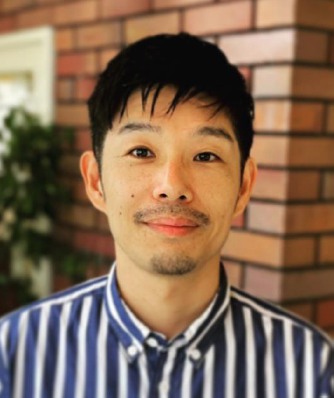
Ryuji Kawano
(Tokyo University of Agriculture and Technology, Japan)

Giovanni Maglia
(University of Groningen, Netherlands)
Message from organizers
Welcome to the Nanopore Meeting Tokyo 2025!
Nanopore measurement stands as a groundbreaking technology for single-molecule identification using electrical signals.
Since its monumental achievement of enabling nanopore DNA sequencing, the next great challenge on the horizon is nanopore-based protein sequencing—a frontier that many researchers worldwide are striving to conquer.
The Nanopore Meeting Tokyo 2025 is uniquely focused on advancing nanopore protein sequencing, particularly within the vibrant research landscape of Asia. This meeting serves as a platform to share the latest breakthroughs in nanopore studies and foster meaningful connections among researchers and industry professionals.
We are confident that this gathering will not only accelerate the development of nanopore technology but also strengthen and unite our global nanopore research community. Let us climb this scientific summit together and shape the future of molecular analysis.
Registration ※Closed
Registration has been closed.
Thank you for your registration!
Sponsors
We would like to thank the following supporters.
We look forward to seeing you at the meeting!!
